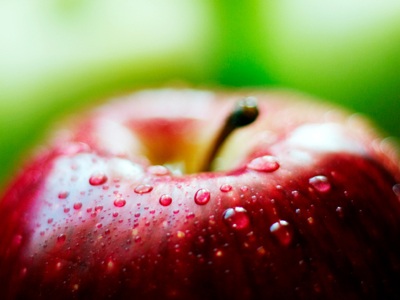
Apostrophes (Because of Omission) 01
Apostrophes because of omission are used when two words are contracted into one, for example: "it's" for "it is". The apostrophe here is termed the "apostrophe of omission" as it shows that i has been omitted.
Contractions are used in informal language and writing them down is a way of representing how people speak. The distinction between a contraction and the full form of the words can also be useful in capturing tone. Just imagine the emphasis in this sentence: "I cannot believe it". Compare that to "I can't believe it". The first sentence is more emphatic.
The most commonly contracted words in English usually involve the word "have" or the word "not", e.g.: "shouldn't", "wouldn't", "haven't", "didn't", "mustn't". With the word "not", the o is omitted and replaced with an apostrophe. With "have", the ha- is omitted and replaced with an apostrophe.
In English, apostrophes are not used to create plurals. You might see this type of thing in signs and advertisements: "apple's", "banana's" and, very famously, "potatoe's". "Apple's" and "banana's" would be fine, if used correctly: the apple's skin was shiny; the banana's peel was still bright green. "Potatoe's", on the other hand, is never correct. Instead these would be correct: the potatoes were covered in a layer of mud; the potatoes' skins were muddy; the potato's skin was crispy. "Potatoes" is plural; "potatoes'" is plural and possessive; "potato's" is plural and singular.
Have a go at this quiz and see how much you know on the subject.
They would.
I have.
It is.
They have.
Does not.
Should not.
Are not.
Would not.
Must not.
Who is.
Ready for more?
not all...
quizzers. Try to win a coveted spot on our Hall of Fame Page.







